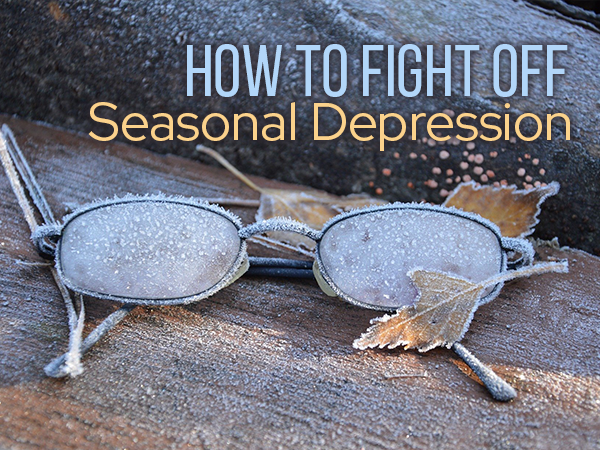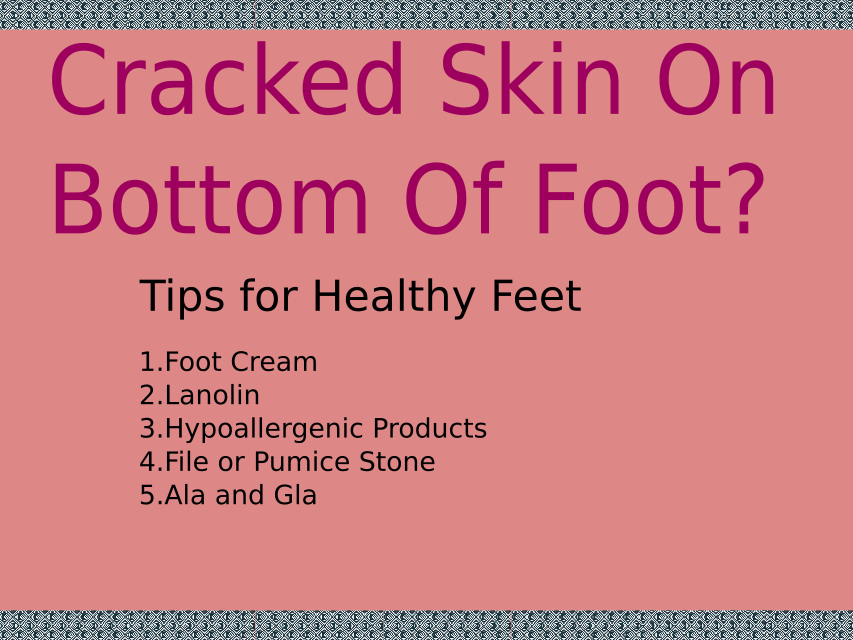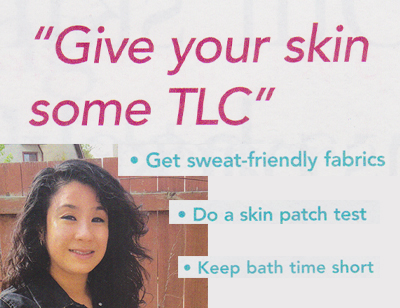Having dry and cracked feet is a surprisingly common problem among men and women.
This condition is known as Xerosis and most of the time it’s a superficial issue that’s not linked to any underlying disease. The most common symptoms of Xerosis include calluses and cracks on the soles and heels of the feet, and in some cases, it can even lead to a painful, itchy rash.
There are also instances where dry and cracked skin happens in other parts of the body at the same time as on the foot, and this is usually caused by internal health issues.
Some of the most common skin disorders that lead to dry and cracked skin on the foot include psoriasis, venous stasis (which is a leg vein condition), skin rashes that are a result of allergic reactions, as well as athlete’s foot or tinea pedis.
For children, the most common cause of thick, dry and cracked skin is atopic dermatitis.
Treatment for Dry and Cracked Skin
If you’ve tried all sorts of lotions, creams and balms to treat your dry and cracked foot calluses without any result, then it might be time to see a specialist such as a podiatrist. They’ll be more equipped to tell you exactly what the cause of the problem is and will administer the right treatment.
Podiatrists are also qualified to remove calluses and corns, which will help you avoid future damage, and your feet will look much better as a result. It’s important to add here that extremely dry skin can only get better when prescription-strength creams are administered, and you’ll have to consult with an appropriate physician in order to get that.
Tips for Healthy Feet
Foot Cream
Applying foot cream on a daily basis can significantly improve the appearance of the affected area. Preferably go for a cream that’s high in alpha-hydroxy acid (AHA), as this compound works best to lift dead skin cells while improving the skin’s moisture retention levels. Lactic acid and Glycolic acid are both good examples of creams that are rich in alpha-hydroxy.
Lanolin
Lanolin works best for skin that has become so rough that it’s actually cracking. That’s because it offers a moisture barrier that actively improves the condition of chapped and cracked skin. Lanolin is typically sold as an over-the-counter medicine and it’s easy to find on the aisle which stocks products that are marketed to breastfeeding women.
Hypoallergenic Products
If there’s a possibility that the dryness and cracks on your foot are being caused by allergies and irritations then it might be a good idea to use products that are formulated specifically for sensitive or allergy-prone skin.
File or Pumice Stone
The pumice stone has always been a very effective method of getting rid of calluses and keeping the skin on your feet soft when it’s starting to form cracks or dry up. To get the best out of the pumice stone or file, make sure to use it right after you’ve soaked your feet. A loofah sponge will work wonders to exfoliate dry skin on the legs.
ALA and GLA
If you find yourself suffering from dry or cracked skin, consider increasing your intake of gamma-linolenic acid (GLA) and alpha-linolenic acid (ALA), both of which are essential fatty acids that promote moisture on the skin. This means increasing your intake of foods like canola oil, walnuts, sea buckthorn and flaxseed oil.















Helllo!! My name is Sou
I have lived with Eczema my whole life and it has been a constant battle. Welcome to my journey! Let's battle this together!